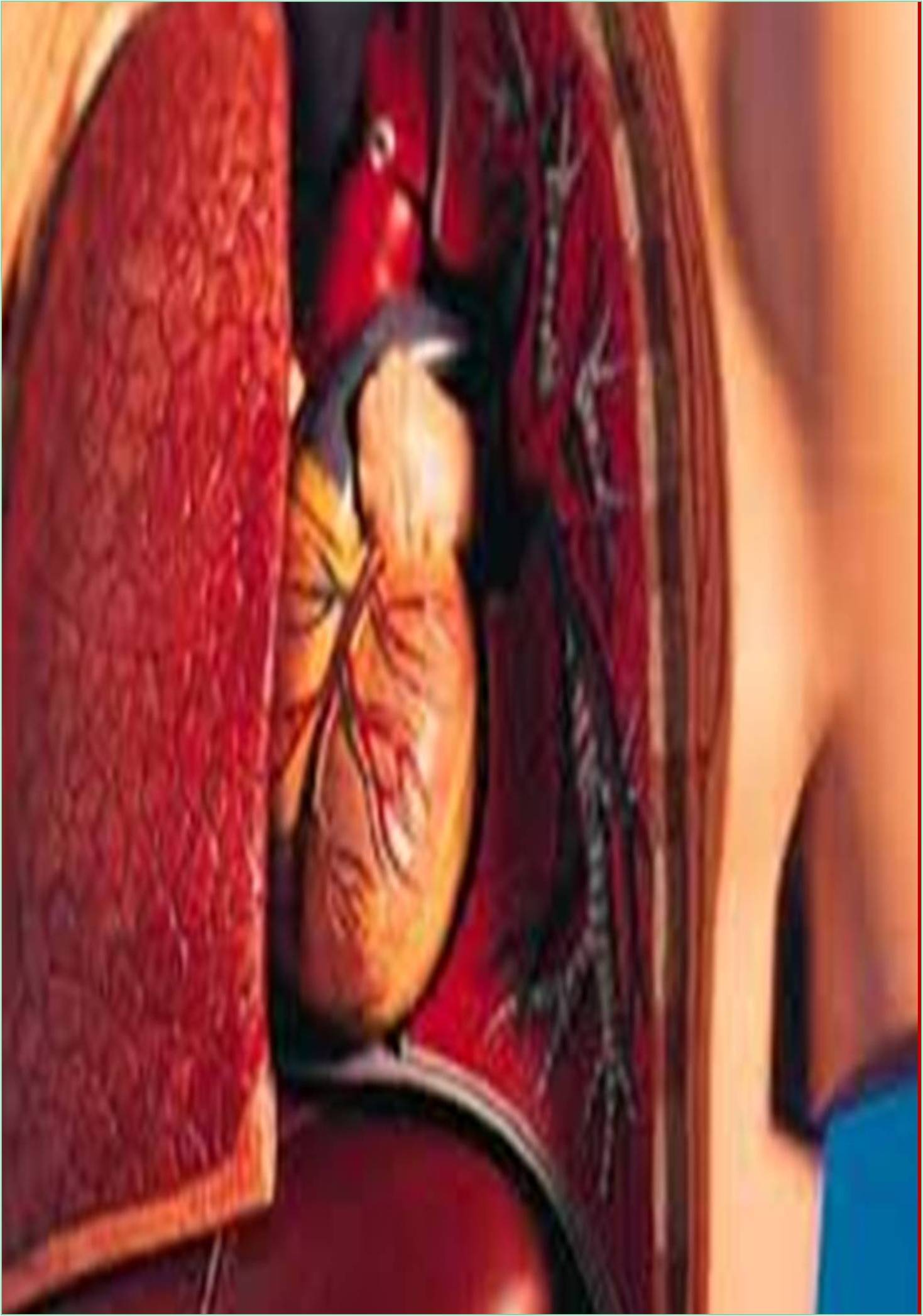



Received: 28-Nov-2022, Manuscript No. GJGC-22-83790; Editor assigned: 30-Nov-2022, Pre QC No. GJGC-22-83790 (PQ); Reviewed: 14-Dec-2022, QC No. GJGC-22-83790; Revised: 21-Dec-2022, Manuscript No. GJGC-22-83790 (R); Published: 28-Dec-2022, DOI: 10.15651/GJGC.22.10.011
Perioperative cardiac arrest after open-heart surgery varies from 0.6% to 2.7% and has been decreasing in recent years. Although greater than in other hospital settings, these patients' discharge survival rates range from 11% to 64%. Mattox and Beall pioneered Extracorporeal Life Support (ECPS) to improve survival during Cardiopulmonary Resuscitation (CPR) more than three decades ago. To be effective, ECPS must be commenced as soon as possible, as the outcomes of CPR lasting more than 10 minutes are poor.
They usually come before physiological deterioration, but it can happen in previously stable people. Compression, hypovolemia, myocardial ischemia, tension pneumothorax, or pacing failure is all common causes. The survival rate is approximately 80%. Urgent vein ablation should be part of the discontinuance protocol until the 10th postoperative day.
A "pump" or Cardiopulmonary Bypass (CBP) is generally used to perform surgery on the patient. The right atrium and aorta are shrunk (and then aortic cross clamped), allowing all cardiac output to pass through the patient's heart and lungs. A pump maintains blood flow, and the blood is oxygenated by an integrated membrane oxygenator in the vessel. Several myocardial-sparing strategies are utilized during this time to preserve the heart from ischemia damage. A hyperkalaemia solution is used to produce a systole and so lower cardiac metabolism and oxygen consumption. Typically, the heart is cooled. Patients are also typically chilled less than 32 ̊ C to reduce peripheral oxygen use.
The perfusionist and anesthesiologist use a vasopressor and vasodilator to monitor the patient's blood pressure and cardiac output while he or she is on the pump. Patients should be systematically anticoagulated with branch vessel coagulation. Prolonged pumping duration is related with an increase in postoperative complications such as hemorrhage, cardiac shock, and multiple organ failure. CPB appears to be involved in the beginning of Systemic Inflammatory Response Syndrome as well (SIRS). It can be difficult to remove a patient from CPB or "get them off the pump" at times. That is, the heart should be restarted by contracting properly. To aid "get out of the pump," squeeze components or fasteners are frequently employed.
Patients in intensive care are closely watched and frequently intubated and mechanically ventilated. Therefore, the danger of cardiac arrest is most likely warned by monitoring alarm equipment. Place the hand on a central pulse (eg, femoral or carotid pulse) for up to 10 seconds when first warned of the risk of cardiac arrest. During this time, we should also check the location of the blood vessels and look for other clues on the monitor. During cardiac arrest, not only is the arterial line not pulsating, but also the Central Venous Pressure (CVP) line, pulse dosimeter monitoring, and Pulmonary Artery Pressure (PAP) monitoring. In the absence of other monitor impulses, a sinus rhythm-like ECG trace should be considered cardiac arrest.
Once the arrest is confirmed, someone will be assigned to the ECM. Immediately it raises to 100 bpm while monitoring the effectiveness of the arterial fistula. In particular, to rule out pneumothorax, pneumothorax, or endotracheal tube issues, oxygen should be increased to 100% and the airway and breathing rate monitored with each course. If necessary, shock should be provided after connecting the defibrillators. This individual should also check the pacemaker and, if an emergency veinectomy has to be done, make sure that an internal defibrillator is always accessible and linked. Atropine, amiodarone, and other drugs are used as necessary while all IVs and syringes are stopped.
Senior ICU personnel directing side operations next to the patient. Once a warrant is issued, that means preparing for a possible amputation, supervising additional staff on hand, and seeking professional help if not immediately available during surgery. While doing so, keep updating the team leader on the progress.
Multidisciplinary teams working on cardiac stabilization, determining the cause of Cardiac Arrest (CA), neuroprotection, and CA recurrence prevention comprise post-resuscitation treatment. Following ROSC, the initial neurological evaluation is clinical and is frequently repeated while accounting for sedation and hypothermia. Glasgow Coma Scale (GCS) score (modified GCS for intubated patients); pupillary reaction to light, corneal reflexes, and seizure presence are all part of the initial neurological evaluation. Hypothermic therapy was initially used to treat patients who did not fully recover neurologically. The Brain Performance Classification (BPC) scale was used to determine the neurological prognosis for individuals who were in a vegetative state 72 hours after Return Of Spontaneous Circulation (ROSC).